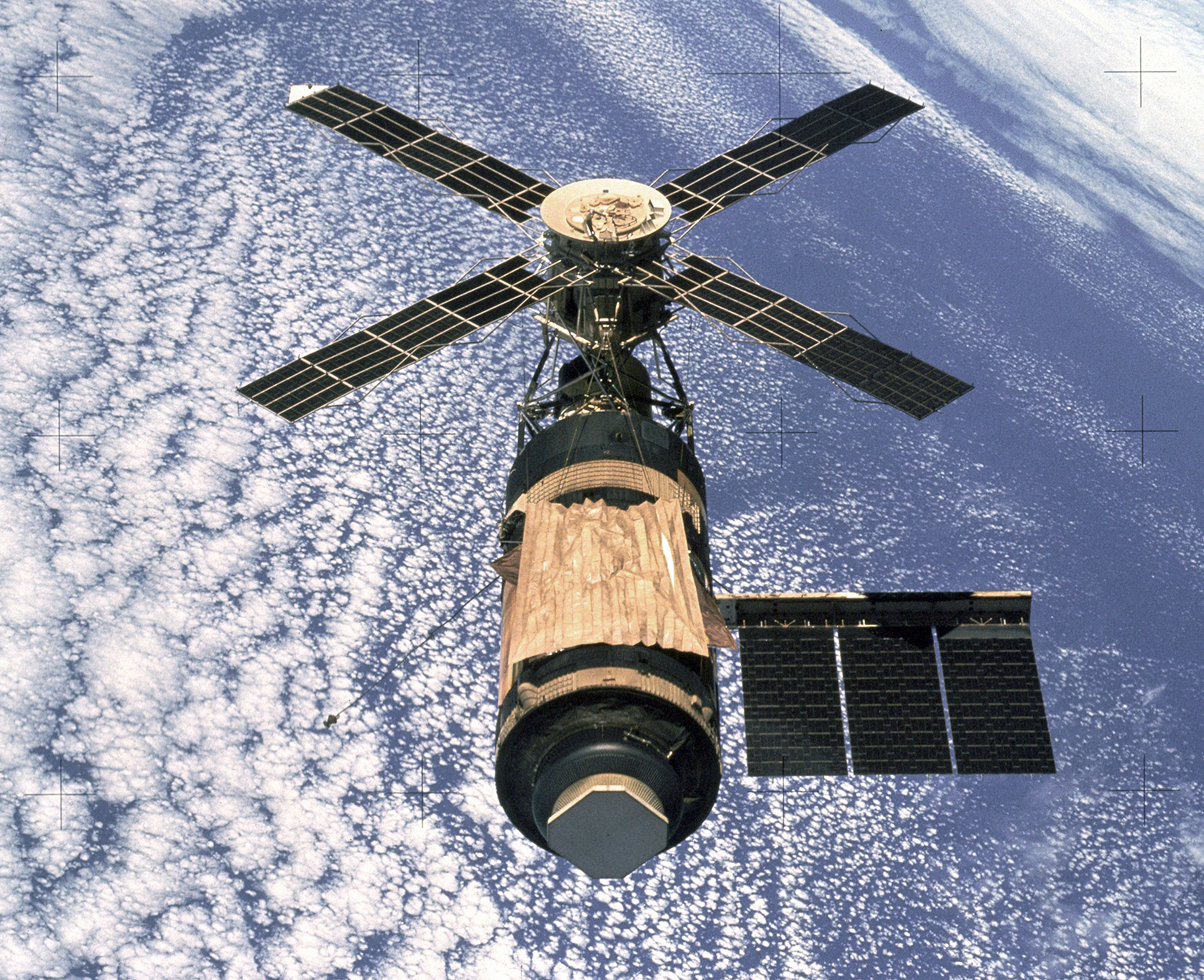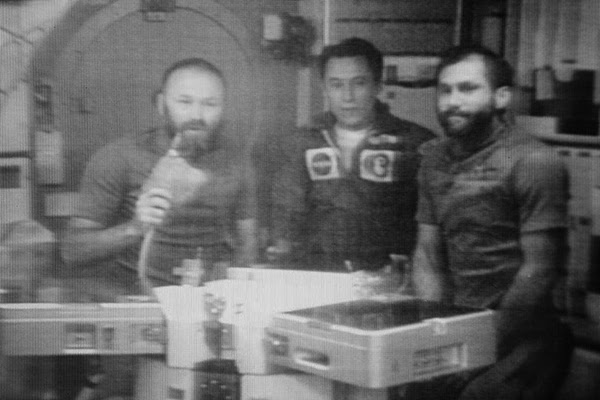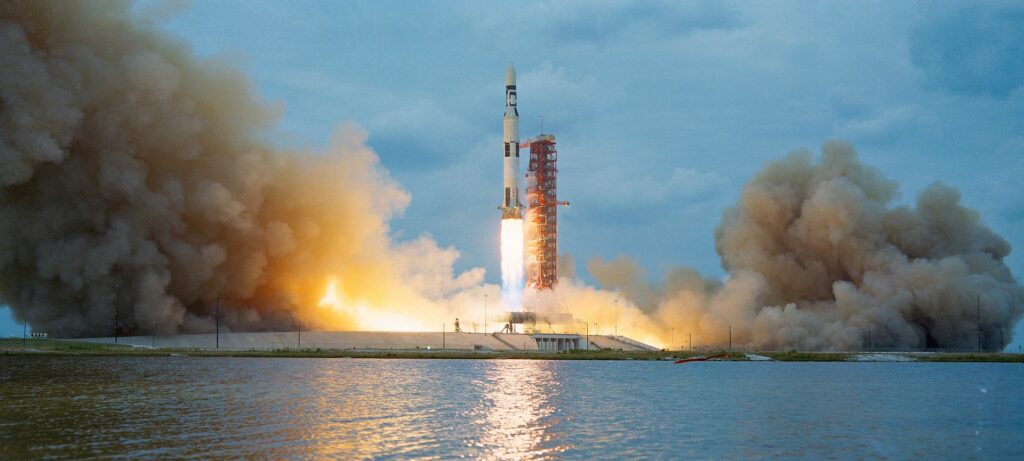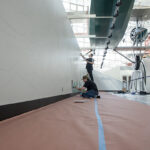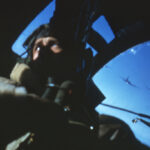PRESS RELEASE
The United States’ first space station, Skylab, was launched 25 years before construction began in 1998 on the International Space Station, and two Skylab astronauts will be at the Museum on May 13 for a program celebrating Skylab’s 50th anniversary.
In a rare reunion, astronauts Ed Gibson and Jack Lousma, plus Skylab Flight Director Neil Hutchinson will look back at their pioneering space station missions done on the heels of NASA’s Apollo flights to the Moon. The Museum’s Adjunct Curator for Space History, Geoff Nunn, will moderate the 2 p.m. program. The program is free with admission to the Museum.
Skylab Anniversary Program
Jack Lousma was a pilot on the Skylab 3 crew, and commander of the third space shuttle mission. He is a retired United States Marine Corps officer and naval aviator. Lousma was on the support crews for Apollo 9 and 10, and CAPCOM for Apollo 13 when the famous “problem” was radioed to him.
Ed Gibson was the science pilot on Skylab 4. He is a pilot, engineer and physicist. Gibson’s NASA career began in 1965, and he was on the support crew for Apollo 12. He retired from NASA in 1982, and into the 1990s he had his own space consulting firm, and published two novels in addition to a textbook on physics.
Flight Director Neil Hutchinson was selected as a NASA Flight Director on Apollo 16 and led the team for the final moon landing crew on Apollo 17 in 1972. Hutchinson later became a Flight Director on all three Skylab missions, and in 1975 during Apollo/Soyuz joint US/USSR orbital mission. In 1976 he was named as the ascent Flight Director for the first space shuttle flight.
The Skylab Mission
The project began as the Apollo Applications Program in 1968 with an objective to develop science-based human space missions using hardware originally developed for the effort to land astronauts on the moon. The 169,950-pound space station included a workshop, a solar observatory, a multiple docking adapter and systems to allow three crews to spend up to 84 days in space. The space station lifted off unpiloted as Skylab 1 atop a Saturn V launch vehicle, the astronaut crews were launched to orbit by Saturn 1B rockets.
Liftoff of Skylab 1 came on May 14, 1973, and it quickly became apparent to Mission Control that there was a problem with the Skylab’s protective shield and solar array that could jeopardize the future of the crewed missions. The launch of the Skylab crew was delayed to devise a plan of action, and the first crew launch on May 25, 1973. Once in orbit the crew performed special spacewalks to improvise a heat shield and fix the solar array, saving theirs and future Skylab missions.
Skylab 2 launched on May 25, 1973. Duration 28 days.
Skylab 3 launched on July 28, 1973 and included astronaut pilot Jack Lousma. Duration 60 days.
Skylab 4 launched on November 11, and included astronaut science pilot Ed Gibson. Duration 84 days.







